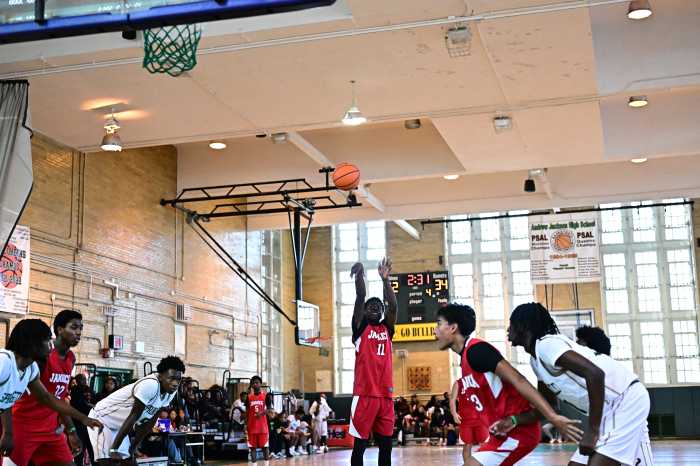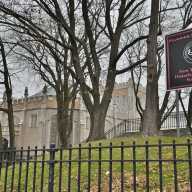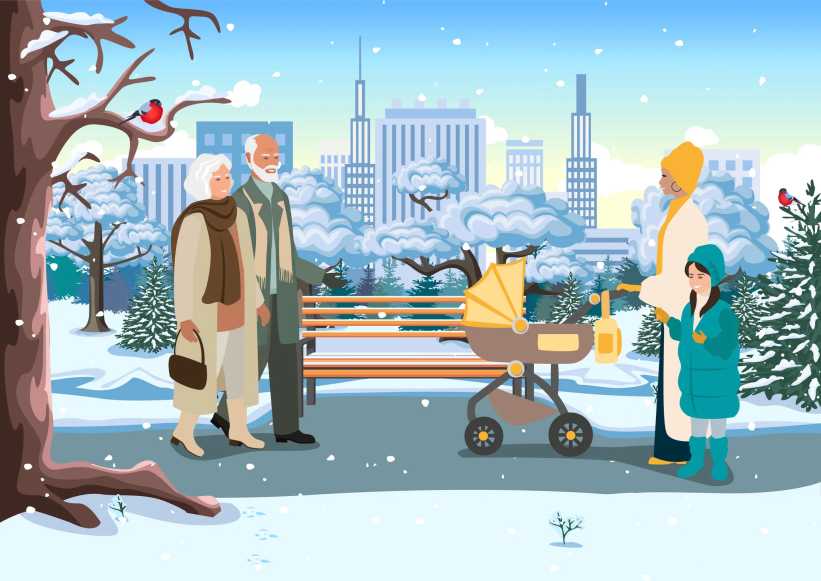Thousands of Hasidic Jews from all over the world made a pilgrimage to Cambria Heights this past week to visit the resting place of Rabbi Menachem M. Schneerson, also known as the “Rebbe,” on the 29th anniversary of his death.
The Rebbe, often considered the most influential rabbi in modern history, is remembered by both Jews and non-Jews as a leader with a global vision of making the world a kinder place. His burial site, known as the Ohel, is located at the Montefiore Cemetery on Francis Lewis Boulevard, which welcomes visitors year round.

“Around 400,000 people visit every year from all walks of life: Jews, non-Jews, religious, secular,” said Rabbi Moshe New, a media relations associate for chabad.org. “It’s just a place to connect, pray, and just step back for a moment to look at the Rebbe’s teaching and what he stood for.”
Born in Mykolaiv, Ukraine in 1902, Schneerson arrived in the United States in 1941 to escape Nazi-occupied Europe. Schneerson assumed leadership as the seventh Rebbe of the Chabad-Lubavitch movement in 1950 after the passing of his father-in-law Yosef Yitzchak Schneersohn, the sixth Rebbe.
Inspired by his leadership and dedication to education, President Jimmy Carter designated the Rebbe’s birthday, April 18, as “Education Day U.S.A.,” a day dedicated to educational awareness recognized every year since 1978.
During his lifetime, the Rebbe’s influence spread throughout the world, inspiring a post-Holocaust renaissance for Judaism. His teachings inspired everyone from rabbis and religious leaders to elected officials, celebrities and lay people, who all looked to him for counsel until he died on June 12, 1994.

While the Rebbe died on June 12, the Jewish calendar often differs, placing the anniversary of his passing on June 22, 2023, or the third of the Jewish month of Tammuz, also known as Gimmel Tammuz. Per the Jewish calendar, visitors began to show up at the burial site this past Wednesday, June 21, as the day starts at sunset rather than midnight. This year is especially significant as it is the Jewish year of Hakhel or “Gathering,” emphasizing gatherings focused on “Jewish unity and learning.”
Since the Rebbe’s passing, visitors have adopted traditions to remember him both on the anniversary of his passing and throughout the year. This often includes visitors washing their hands, taking off their shoes, lighting a candle, praying, reading psalms, and writing a letter to the Rebbe with requests that can range from prayers for one’s well-being or the well-being of others to “economic well-being” and “the peace and security of the world.” These letters are then ripped up by visitors and placed inside the burial site.
“There’s no step-by-step process,” New said. “There’s definitely traditions involved, but you’ll see a hundred different people do it a hundred different ways.”
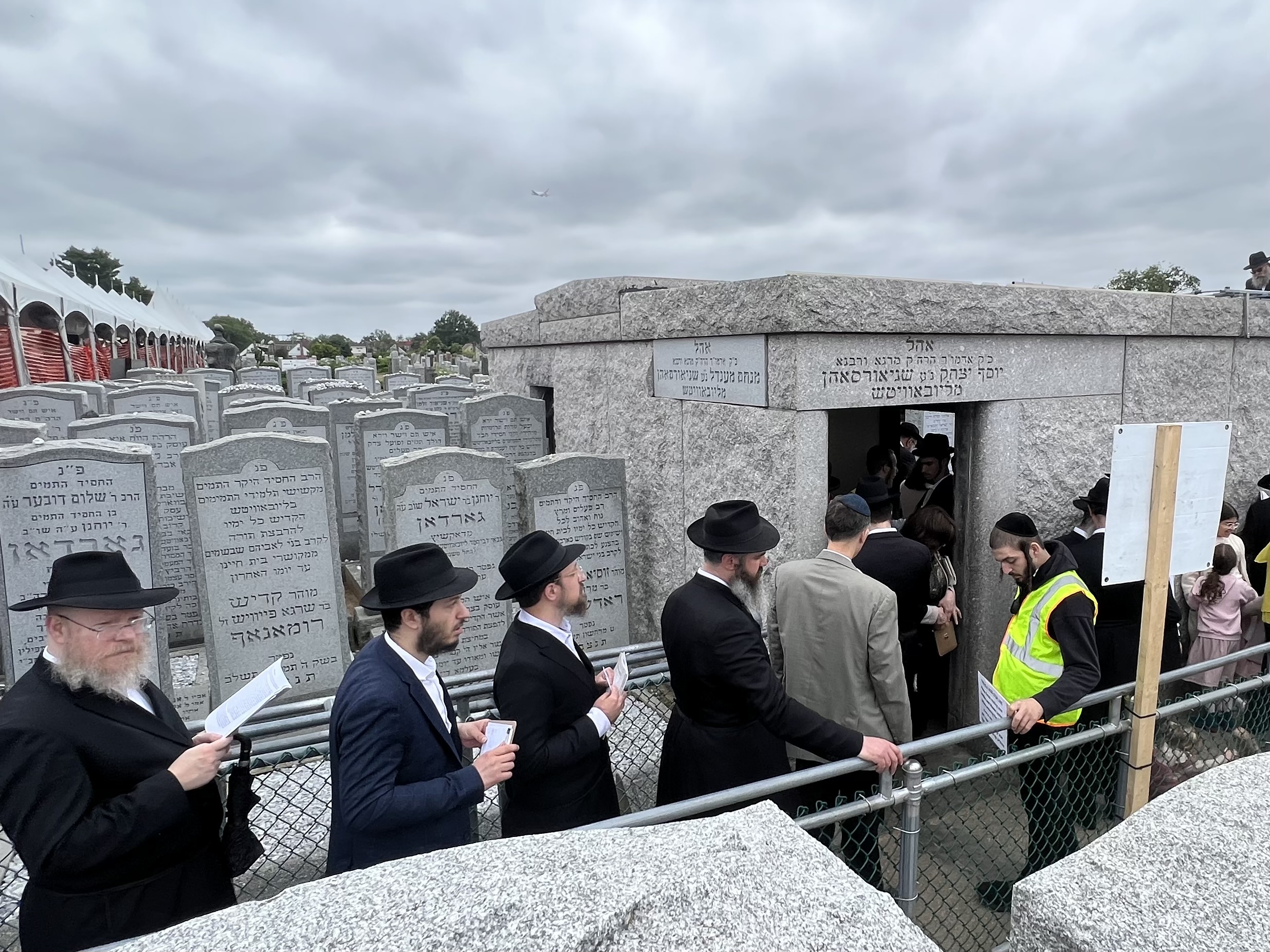
For Rabbi Yossi Brackman, who traveled to the burial site from the Rohr Chabad Center at the University of Chicago, it’s all about keeping the Rebbe’s legacy alive and continuing to bring his message to the world.
“The Rebbe believed inherently in the goodness of every human being and the divinity of every human being,” Brackman said. “He believed that every human being had that purpose, and I hope that people take that out and be kinder to their neighbors … and take the inspiration of the Rebbe’s life into their life.”
Rabbi Yosef Kantor of Bangkok, Thailand, echoed this sentiment, adding that the Rebbe’s message applied to everyone and is still felt today. Kantor, who is a former student at the Rebbe’s yeshiva in Crown Heights, says his most recent encounter with the Rebbe’s intercession came when a non-Jewish Uber driver brought him to the burial site from Brooklyn and expressed his happiness in doing so, revealing that the trip gave him the opportunity to then go pick up his daughter from school.
Moments like this, according to Kantor, are not a coincidence but representative of something bigger, and he hopes people put the Rebbe’s teachings into action by performing good deeds.
“If there was one thing that I could share of the Rebbe’s teachings to the entire universe is to do one more act of kindness and goodness,” Kantor said. “If each of us does our little piece of the puzzle, the world will become more peaceful.”
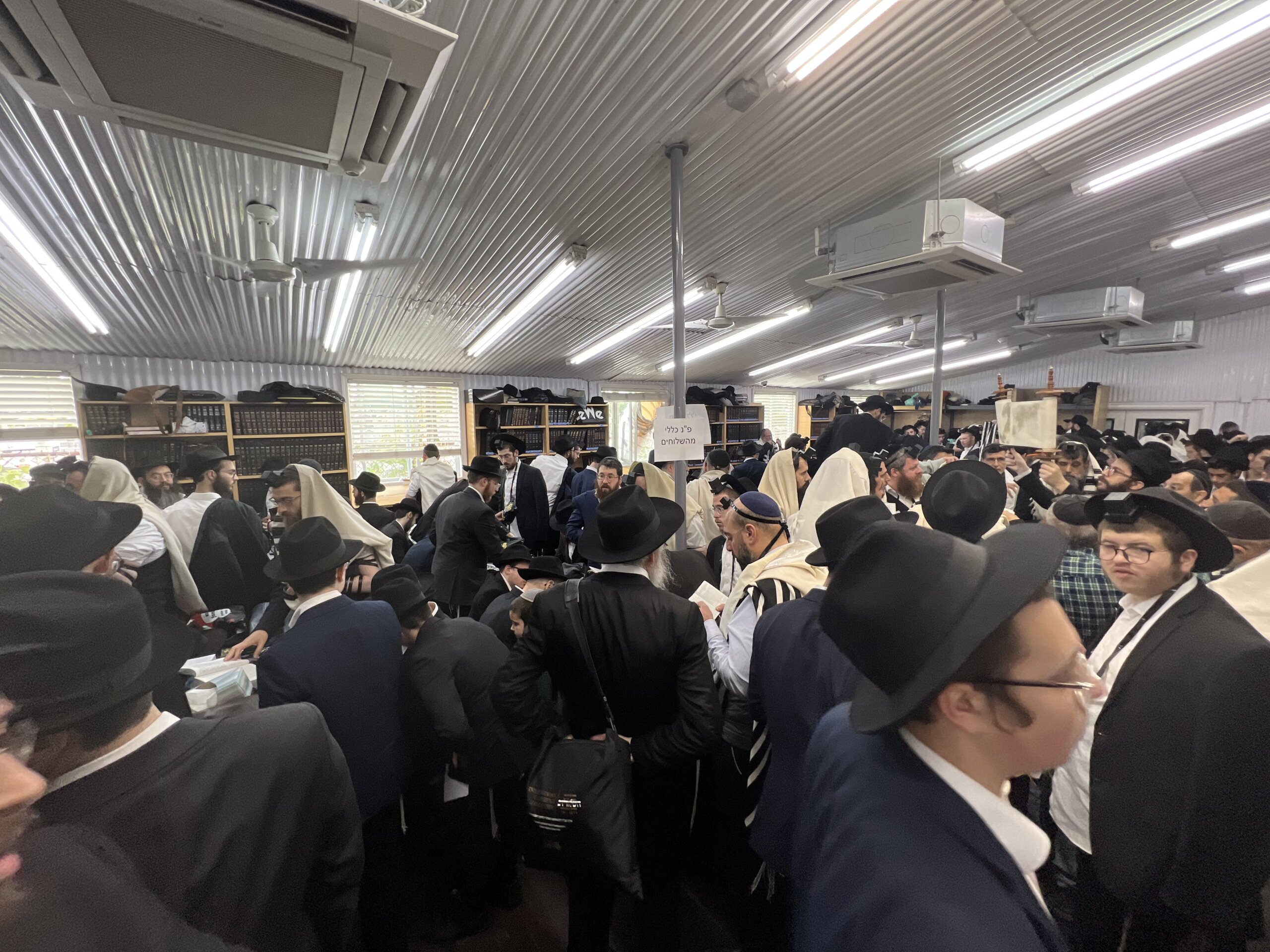
For Rabbi Dovid Goldberg of Brazil, his long trip to the burial site was twofold, as his father is also buried at the cemetery. Goldberg says that even on the 29th anniversary of the Rebbe’s passing, some are still just finding out about him for the first time.
“It’s amazing how every day I meet people and whenever they hear about the Rebbe, they’re actually upset, ‘Why didn’t you bring his message to us beforehand?’” Goldberg said.
Goldberg hopes that as the Rebbe’s message continues to spread, people of all faiths and backgrounds are inspired to discover their purpose in life.
“I think it’s unique [for] someone that should believe that every human being has something that he must contribute and make a difference in the world,” Goldberg added. “How many lives could be saved by this message? How many youth that don’t feel any purpose in this world would live off this?”
This hope is shared by Rabbi Moshe New, who reiterated that the Rebbe saw the best in everyone and lived a life of love and kindness.
“I think people recognized that. People felt that,” New said. “It wasn’t about making the world a better place for Jews. It wasn’t about helping out only Jews. His goal was to make the world a better place.”




